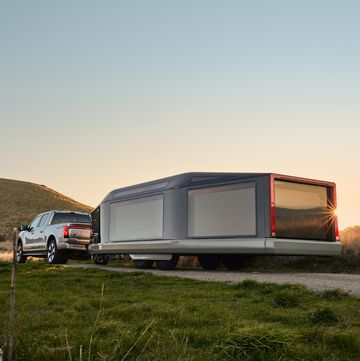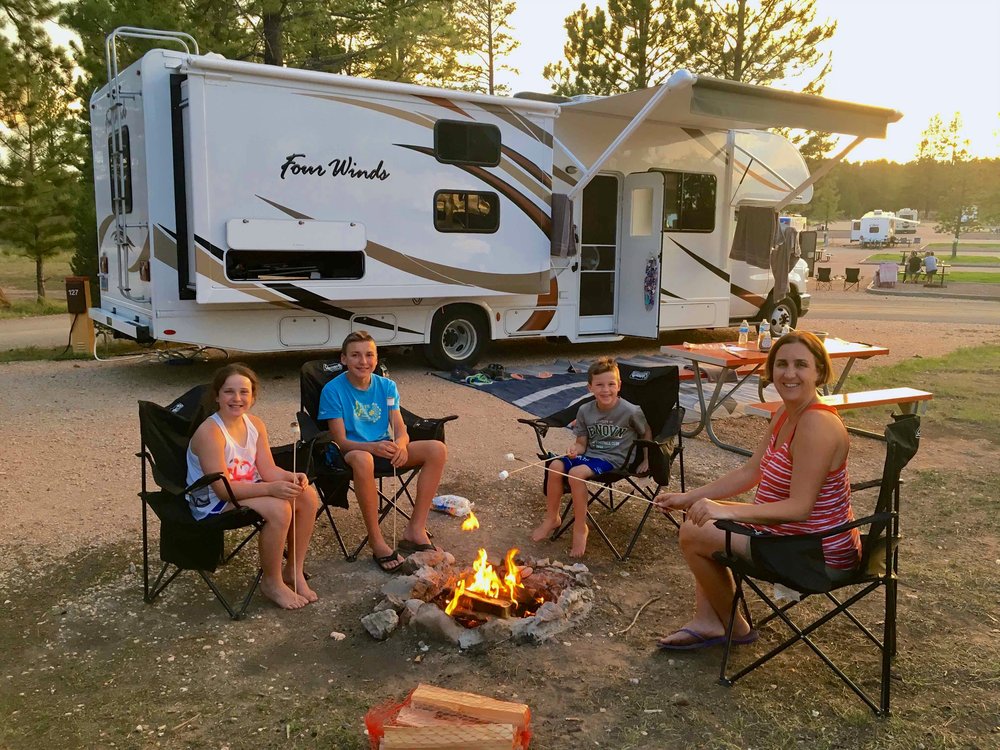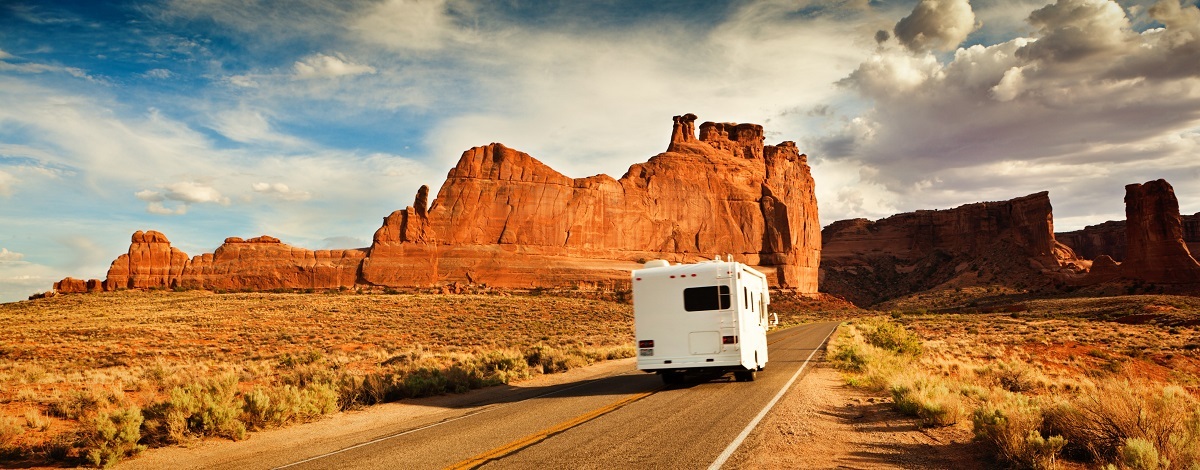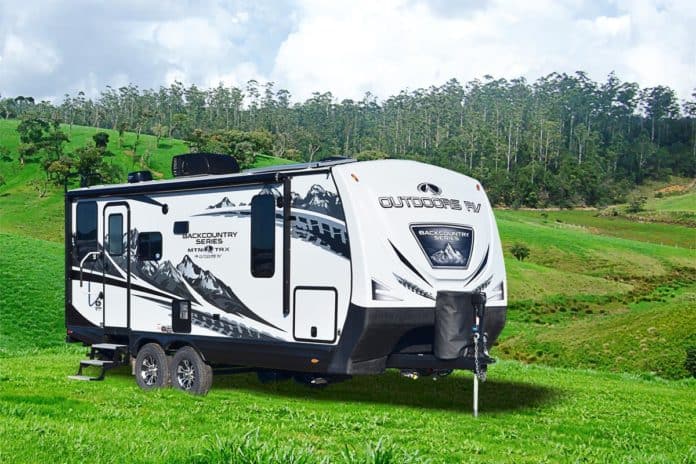
Embark on a transformative journey as we delve into the art of mastering RV driving, navigating the highways, byways, and everything in between.
In this comprehensive guide, we will equip you with the necessary skills and knowledge to confidently maneuver your RV, ensuring a safe and efficient travel experience.
From understanding the dimensions of your vehicle to mastering steady driving techniques and utilizing mirrors effectively, join us as we unlock the secrets to unlocking the freedom of the open road.
RV Dimensions for Safe Navigation
When navigating an RV, understanding the dimensions of your vehicle is crucial for safe and efficient travel. Maneuvering narrow roads can be a challenge, but with the right knowledge, it can be easily managed. It is important to know the length, width, and height of your RV to avoid any potential accidents or damage.
Additionally, handling crosswinds during RV travel requires skill and attention. Crosswinds can push your vehicle off course, making it necessary to adjust your steering and speed accordingly. Being aware of the wind direction and speed, as well as keeping a firm grip on the steering wheel, will help you maintain control.
Mastering Steady and Safe RV Driving
To ensure steady and safe RV driving, it is essential to employ proper techniques and adhere to driving regulations.
Mastering RV driving techniques is crucial for a smooth and enjoyable journey on the open road. One important aspect is navigating steep inclines. When approaching a hill, it's crucial to maintain a steady speed and avoid sudden acceleration or deceleration. Use lower gears to prevent the engine from overworking and to maintain control of the vehicle.

It's also important to keep a safe following distance from other vehicles, especially when going downhill. This allows for ample braking time and reduces the risk of accidents.
Additionally, regularly checking tire pressure and weight distribution will contribute to a safer driving experience.
Efficient Use of Mirrors for Enhanced Visibility
A crucial aspect of mastering RV driving is effectively utilizing mirrors for improved visibility. Mirrors are essential tools that allow drivers to monitor their surroundings and ensure safe maneuvering on the road. To enhance visibility, it is important to adjust mirror angles properly.
The side mirrors should be positioned in a way that minimizes blind spots by capturing a wider view of the road behind and beside the RV. Additionally, the rearview mirror should be adjusted to provide a clear view of the road directly behind the vehicle.
Executing Far-Reaching Turns With Confidence
Executing precise and confident far-reaching turns is a key skill to master when driving an RV. Maneuvering through tight spaces and making sharp turns can be challenging, but with practice, it becomes easier to navigate the highways and byways with confidence.
When executing tight maneuvers in an RV, it is crucial to be aware of blind spots. RVs have larger blind spots compared to regular vehicles, so it's essential to adjust your mirrors properly and use them effectively. Take the time to check your blind spots before making any turns, and use your signals to communicate your intentions to other drivers on the road.
Additionally, it is important to plan your route carefully to avoid any narrow roads or tight corners that may be difficult to navigate in an RV. By being proactive and aware of your surroundings, you can execute far-reaching turns with ease and ensure a smooth and enjoyable journey.

Mastering these skills will give you the freedom to explore the open road and experience the wonders of RV travel.
Understanding the RV Braking System for Effective Stopping Power
When navigating an RV through tight spaces and making sharp turns, it is crucial to understand the RV braking system for optimal stopping power. RV braking techniques are essential to ensure the safety of both the driver and other road users.
The braking system of an RV consists of various components, including hydraulic brakes, brake pads, brake lines, and brake drums or rotors. Regular maintenance is necessary to keep the braking system in top condition. This includes checking the brake fluid levels, inspecting the brake pads for wear and tear, and ensuring that the brake lines are free from any leaks or damage.
Troubleshooting issues with the braking system should be addressed promptly to prevent further damage. By understanding the RV braking system and implementing proper maintenance and troubleshooting, RV drivers can have peace of mind knowing they have the stopping power they need in any situation.
Frequently Asked Questions
How Much Does It Cost to Rent an RV for a Road Trip?
RV rental prices for a road trip vary depending on factors such as the duration of the trip, the size and type of RV, and the rental company. Additionally, it is important to consider RV rental insurance costs for added protection during the journey.
Are There Any Special Requirements or Licenses Needed to Drive an Rv?
When it comes to driving an RV, there are special requirements and licenses that may be needed depending on the size and weight of the vehicle. These requirements ensure safety and proper handling on the road.
What Are Some Tips for Finding the Best Campsites or RV Parks Along the Way?
When it comes to finding the best campsites or RV parks along the way, there are several tips to consider. These include researching online, reading reviews, considering amenities, and checking for availability.

How Can I Prevent Motion Sickness While Driving an Rv?
Preventing motion sickness while driving an RV is essential for a comfortable journey. Strategies such as maintaining good ventilation, sitting in the front, avoiding heavy meals, and taking breaks can help alleviate symptoms.
Is It Necessary to Have a Backup Camera Installed on an RV for Safe Driving?
Having a backup camera installed on an RV can greatly enhance safe driving. It provides valuable visibility, especially when maneuvering in tight spaces or reversing. It is a beneficial tool that complements the skills required for mastering RV driving.
 Liveaboard LifestyleTravel DestinationsExPat Places to LiveRV LifeDigital Nomad TravelPrivacy PolicyTerms And Conditions
Liveaboard LifestyleTravel DestinationsExPat Places to LiveRV LifeDigital Nomad TravelPrivacy PolicyTerms And Conditions
